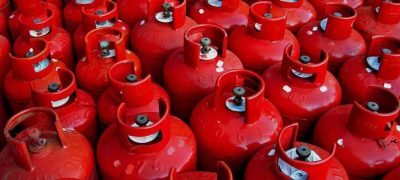The Bank of China has opened a Letter of Credit (LC) for Pakistan’s Russian oil imports. Government officials indicated last month that negotiations to acquire Russian petroleum at a reduced price were nearing completion, and two weeks later, the government officially ordered its first cargo, according to the Express Tribune.
In the last week of May, a ship carrying 100,000 tonnes of crude oil will arrive.
Pakistan will purchase Russian crude on a cost, insurance, and freight basis, which means the government would pay for the shipment when it arrives at the port. Previously, refineries paid for free-on-board transportation of their cargo. While there are expectations that discounted crude may alleviate some of the strain of record high inflation, the prospects appear less promising.
Also Read: PTA to Host SATRC Policy, Regulation, and Services Workshop.
Pakistan anticipates a $16-$18 discount per barrel; payments will be paid in Chinese Yuan, which Pakistan will have to purchase in US dollars, which it lacks. Furthermore, Russian crude will produce refined products with varying compositions, which may disrupt the existing petroleum system.
The Arab Light Crude that Pakistan imports typically generates 45% HSD and 25% furnace oil. On the other hand, Russian crude is mostly boiler oil and only 32% HSD, which can be a problem because, according to the Oil and Gas Development Authority’s 2020-21 report on Regulated Petroleum Industry, boiler oil accounts for only 15% of Pakistan’s national petroleum consumption, while diesel accounts for nearly 39%.
Excess furnace oil stocks have already piled up at refineries as power plants have switched to Liquefied Natural Gas (LNG) for electricity generation. The government has yet to make a final decision, which would be made when the Russian crude is tested for the quality and composition of refined products by Pakistan Refinery Limited (PRL).








